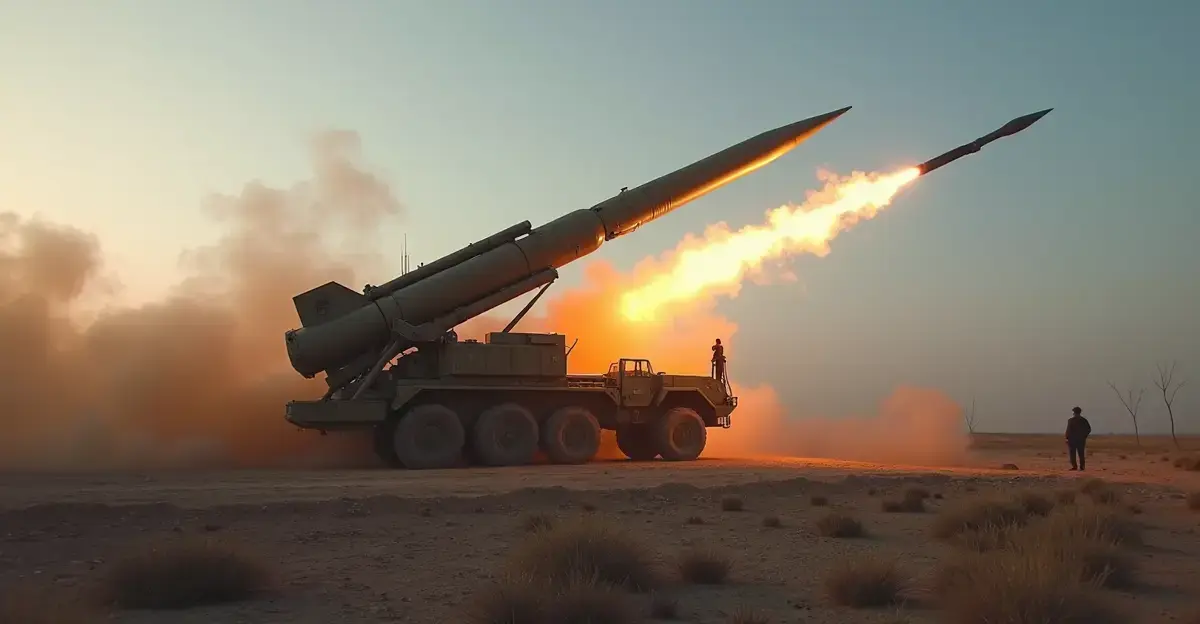
Ukraine Enters New Phase in Missile Warfare
Ukraine has developed two powerful domestically-produced missiles that are changing the strategic landscape of the ongoing conflict with Russia. The Flamingo cruise missile, with a reported range of 3,000 kilometers, and the upgraded Neptune missile, with a 1,000-kilometer range, represent Kyiv's growing indigenous defense capabilities.
Flamingo: The Long-Range Game Changer
Developed by Ukrainian defense firm Fire Point, the FP-5 "Flamingo" missile carries a massive 1,150-kilogram warhead - 2.5 times larger than the American Tomahawk missile. The missile's development began following Russia's 2022 invasion, with serial production announced in August 2025. The distinctive name originated from early production units appearing pink due to a factory error.
According to rocket expert Fabian Hoffmann from the University of Oslo, "This marks a new phase in the missile war." While not miracle weapons that will defeat Russia single-handedly, these systems significantly enhance Ukraine's strike capabilities against targets deep behind Russian lines.
Production Challenges and International Cooperation
Ukraine aims to produce 200 Flamingo missiles monthly, though experts consider this ambitious given the complexity of manufacturing heavy missiles. Denmark recently announced that Fire Point will produce the missile's fuel on Danish territory, providing protection from Russian attacks on production facilities within Ukraine.
Russia currently produces approximately 2,000 cruise missiles annually, while Ukraine manufactures about 1,000 mini-cruise missiles with shorter ranges. The addition of heavy cruise missiles like Flamingo and Neptune helps balance this asymmetry.
Strategic Implications
These missiles provide Ukraine with unprecedented freedom to strike Russian military bases, airfields, and logistical centers previously out of reach. Defense analyst Davis Ellison notes, "Ukrainians built them themselves, so there are no restrictions on attacking supply lines far behind the front lines."
However, both missiles lack advanced stealth capabilities, making them detectable on radar systems. Their effectiveness will depend on Ukraine's ability to produce them in sufficient quantities for mass targeting at long distances.
As Ukraine continues to develop its indigenous defense industry, these missiles represent a significant step toward reducing dependence on Western weapons supplies while maintaining pressure on Russian military infrastructure.

 Nederlands
Nederlands English
English Français
Français Deutsch
Deutsch Español
Español Português
Português







